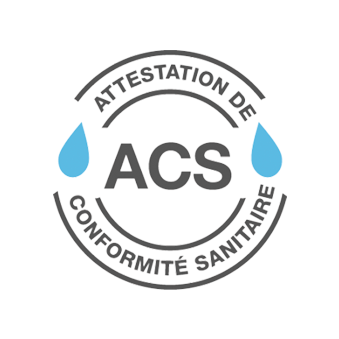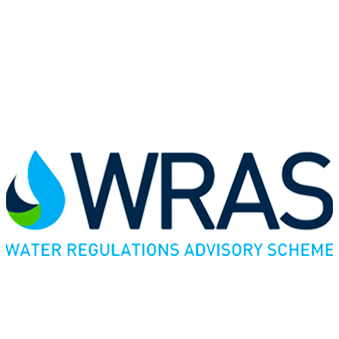Menu

DRINKING WATER
Drinking water treatment works, water purification plants and drinking water treatment plants all comprise the set of facilities at which water is treated to render it suitable for human consumption.

WASTEWATER
Wastewater treatment works, also known as purification plants or wastewater treatment plants, are facilities designed for the treatment of wastewater. This treatment consists of a series of physical, chemical and biological processes designed to remove contaminants from the water so it can be used again.
The use of seals (O-rings, quad-rings...) in equipment for both drinking water treatment and wastewater treatment has given rise to the research and development of mixtures resistant to external attacks that can compromise the sealing properties of seals.

SALT WATER
A desalting or desalination plant is a facility designed to convert salty seawater into water suitable for human consumption, in addition to industrial and irrigation uses.
Seawater desalination plants using reverse osmosis normally use large-diameter metal pipes made from expensive materials such as stainless steel, which can withstand corrosion caused by seawater. An increasing number of pipes are now made of fiber reinforced plastic (FRP) to replace expensive, high-quality metal pipes and economise at the same time.
Seals designed to ensure watertightness between pipes (regardless of whether they are made of metal or fiber reinforced plastic) also have to deal with the impact of seawater without losing their watertight properties.











